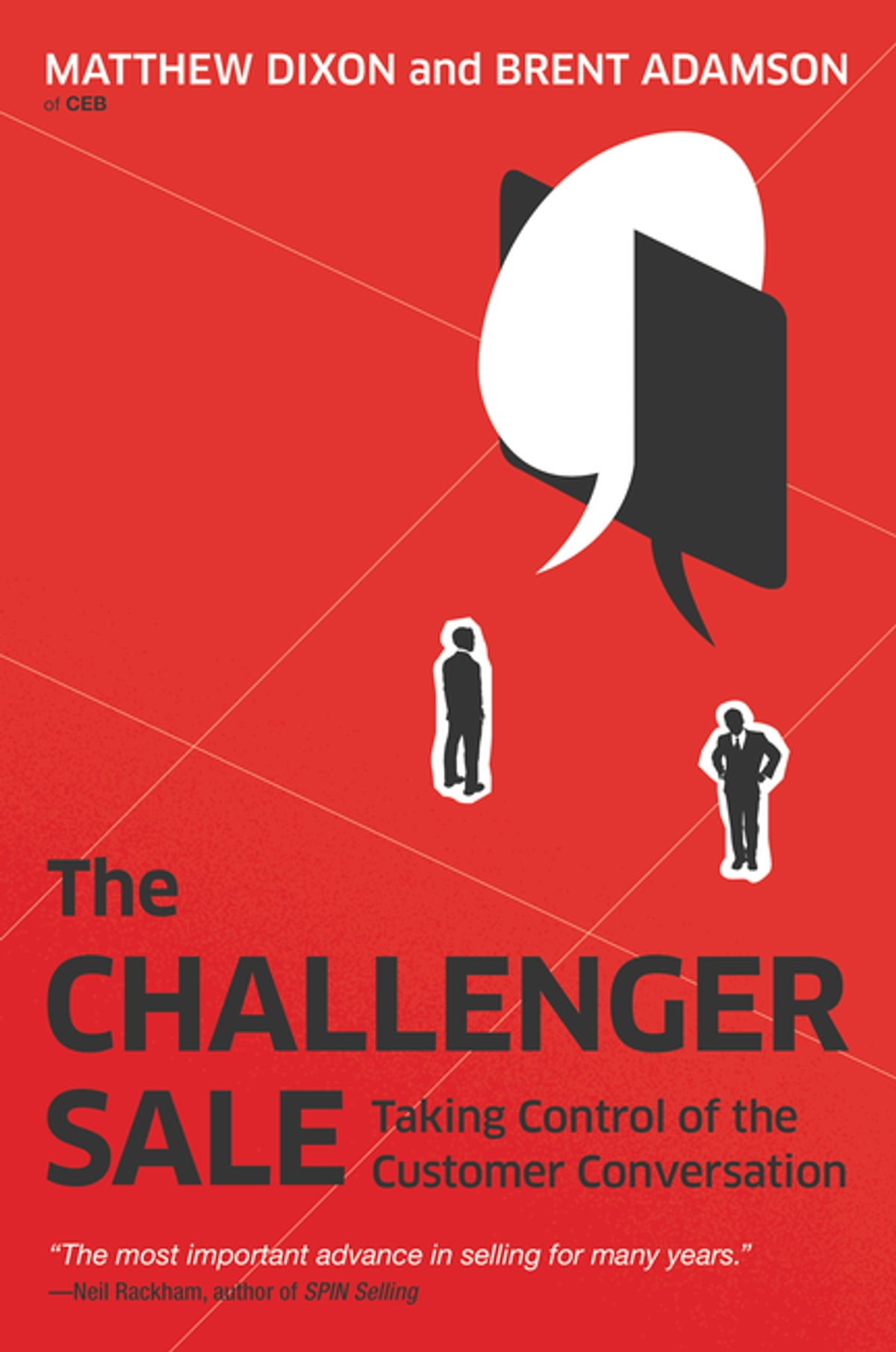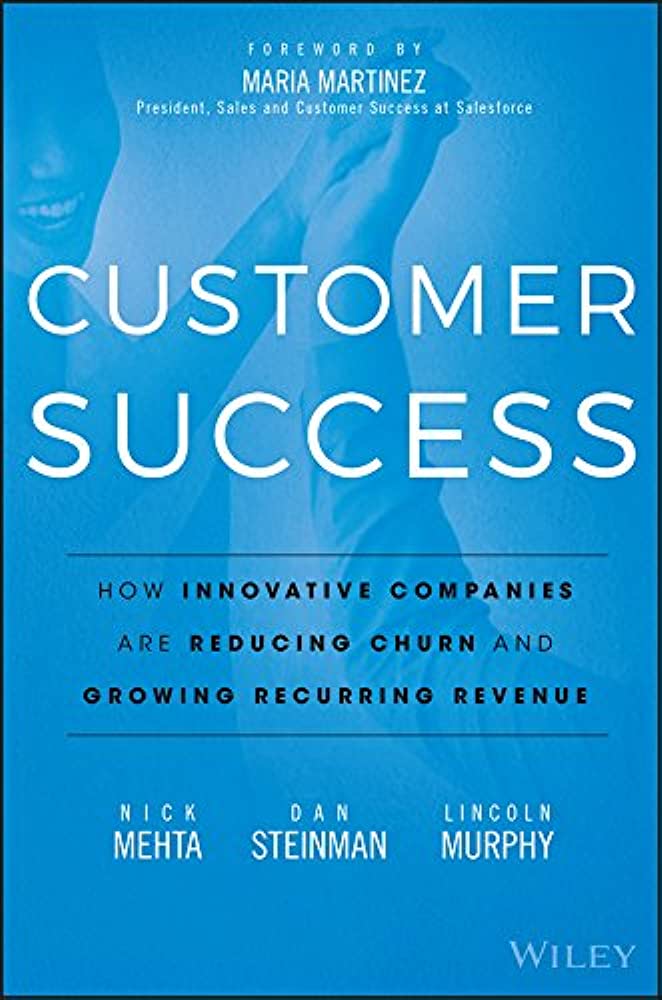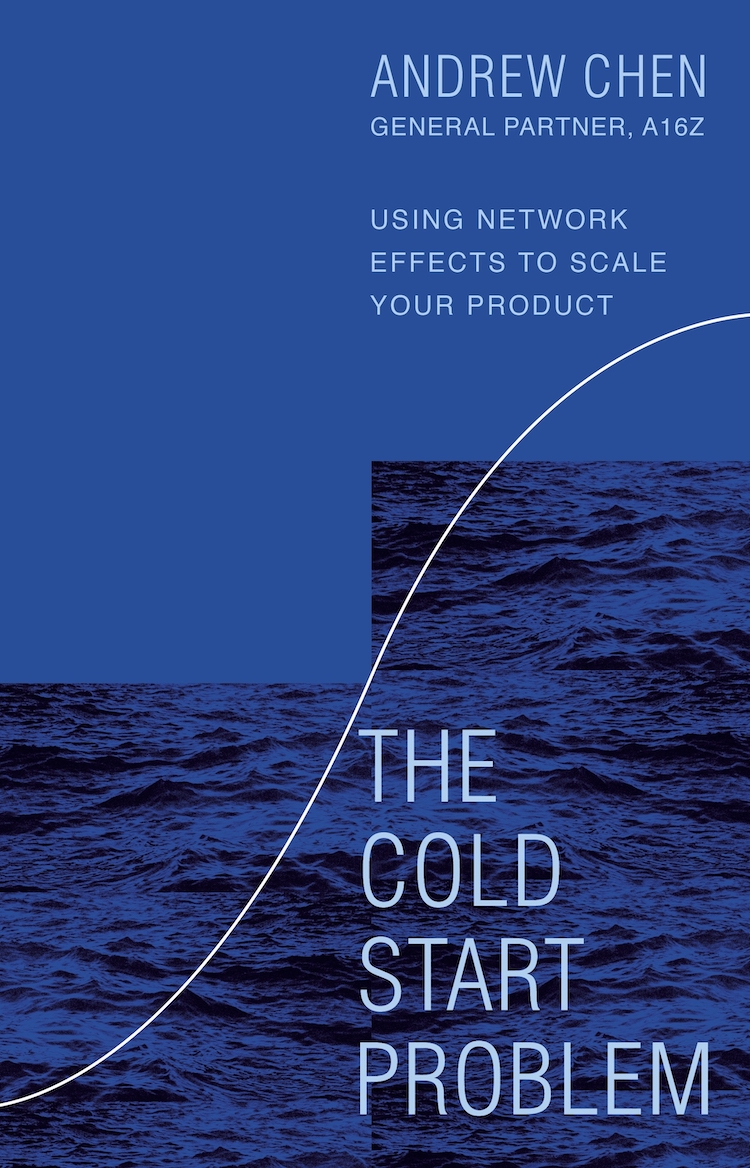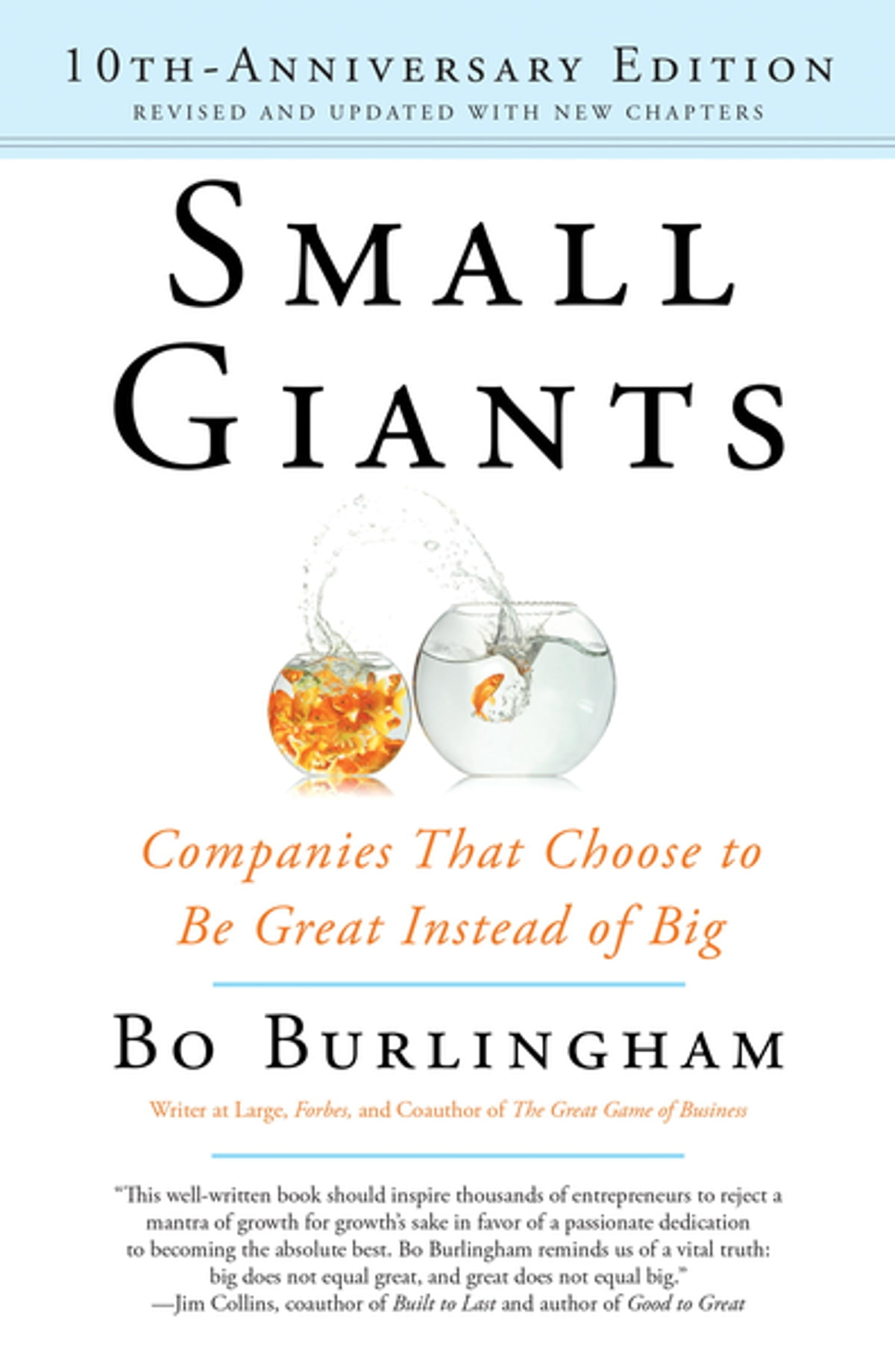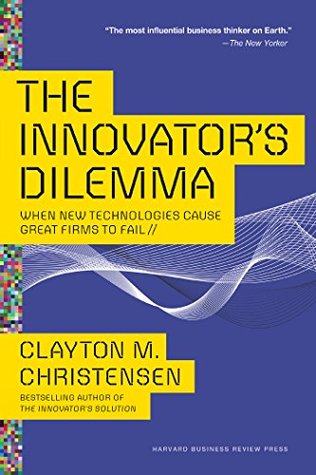The Lean Startup
by Eric Ries
- Business
- Ashto =
- Jonesy =
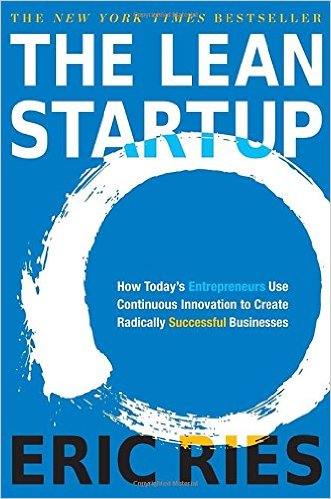
The Lean Startup – by Eric Ries
If you’ve ever created your own business or tried to, you will probably see in hindsight that you wasted a lot of resources, be that time, money, or energy and effort. ‘The Lean Startup’ is a different approach to building a business. In every idea, you have ‘leap of faith’ assumptions. Rather than assuming you’re right, you should build a ‘minimum viable product’. This MVP is the smallest and simplest thing you can make that replicates the features of your desired end product that will allow you to TEST your assumptions before committing to the project. If you’re right, you ‘persevere’ and continue to build out your offering ad test the next phase. If you’re wrong, you can ‘pivot’ and make changes before it’s too late.
‘How constant innovation creates radically successful businesses’
The Lean Startup Summary
“The only way to win is to learn faster than anyone else.”
Too many startup business plans look more like they are planning to launch a rocket ship then drive a car. The term ‘Lean Startup’ comes from the lean manufacturing revolution that Taiichi Ohno and Shigeo Shingo are credited with developing at Toyota. The key idea from this is we should be:
- Drawing on knowledge and creativity of individuals
- Shrinking of batch sizes
- Just in time production
- Inventory control
- Acceleration of cycle times
The Lean Startup recommends validated learning as a vigorous method in demonstrating progress and discover valuable truths. It is easy to kid yourself about what you think customers want. It is also easy to learn things that are completely irrelevant. Thus, validated learning is backed up by empirical data from real customers. True startup productivity is systematically figuring out the right things to build. In the Lean Startup model, an experiment is more than just a theoretical inquiry, it is also a first product.
Business plans are good, but in it there will be statements that are facts, and statements that are assumptions. It is the statements in the plan that are leap of faith assumptions that are the riskiest. Somewhere in the business model, buried in a spreadsheet there will be something that says ‘10% will sign up after the free trial’. This is actually a leap of faith question and should be in big red font. We need to build a Minimal Viable Product (MVP) as quickly as possible to get validated learning regarding these assumptions.
A Minimum Viable Product is that version of a new product which allows a team to collect the maximum amount of validated learning about customers with the least effort.
We should enter the build phase as quickly as possible with the MVP. Get it out and try to sell it to potential customers, find out what they love and hate about the product. If they don’t like it, you need to pivot and change your product quickly and accordingly. This is the build, measure, learn feedback loop that is crucial for your product’s success.
For example, Drew Houston started Dropbox. At the beginning, rather than building the whole thing, Drew made a 3 minute demonstration of the tech as it is meant to work, targeted at early adopters. Hundreds of thouasnds of people were driven to the website and their waiting list went from 5000 to 75,000 overnight. The video was the MVP and it tested the leap of faith assumption that customers wanted the product he was developing, because they actually signed up.
You might be upset if your product fails in these early stages. But don’t be, think of all the resources you saved in not pursuing your product to the end, only to find out finally no one wanted it. With this early information you may decide to can the project, or pivot and stick it out.
Excerpt From ‘The Shit They Never Taught You’
We wrote a book! Here’s a taste of the chapter we wrote based on The Lean Startup. For more info and to buy the book or the audiobook, check out: theshittheynevertaughtyou.com
Your Aunt Susie is fed up with her marketing job and instead wants to launch a new Yoga Studio.
When she’s writing up her business plan, she makes predictions about how many people will sign up for monthly packages. Her method of acquiring customers is to offer free classes, and she guesses that about 10% of these will become paying customers the following week. After asking a few other Yoga instructors, she assumes that 200 registrations at $100 per month is a conservative estimate for her revenue stream. If successful, she would have monetised her passion and entered into a dream life.
With her ‘conservative’ income prediction of $20,000 a month, she has the data to get the business loan from the bank to launch her business. This is exciting; the first time she has ever followed her passion. She signs a 12-month lease on a studio, buys a bunch of new yoga mats, prints flyers and advertises in the local newspaper.
Good on her! She stepped up to the plate and took a swing… right?
Wrong!
Aunt Susie is making a big mistake. She needs to be stopped!
We human beings are subject to confirmation bias and will find any data that supports the decision we already want to make. She is unaware of a huge issue that lurks deep inside her ‘business plan’. Her ‘data’ is not data at all. It was just a blind guess.
This business she is launching has the potential to be a home run, but it also has the potential to completely ruin her life if she doesn’t approach it carefully. What happens if nobody signs up? Aunt Susie already spent the money she borrowed from the bank, with nothing coming back into the account…
The story of Susie isn’t unique. A good portion of entrepreneurs have never heard the idea of ‘purposeful bets’ and are paying the price. They are investing too many of their resources into unqualified business plans, full of unknown risks. They’re putting all of their chips on the table and they might go bust.
‘Leap Of Faith’ Assumptions
Business plans can be useful, but you need to recognise what is in them. In any business plan, there is some combination of ‘facts’ and ‘assumptions’. You must not confuse the two.
The ‘leap of faith assumptions’ are the riskiest. These are the ‘guesses’ that you’re using to prove that your idea can work. You’re taking a leap of faith on these and hoping you guessed right. Somewhere in the business model, buried in a spread-sheet, there will be something that says: ‘5% of website visitors will make a purchase’ or ‘two-thirds of our social media followers will sign up to our email list’ or ‘half of the people that see our ad will sign up for a free trial’.
In the case of Aunt Susie’s Yoga Studio, her ‘leap of faith assumption’ was that 10% of people who came to a free class would convert to paying customers. This ‘10%’ figure is really just a guess. It can be based on historical data and research and anecdotal evidence from similar businesses and benchmarking – it can be as thorough as you like. But at the end of the day, if she’s wrong, then the rest of the numbers in her business plan won’t add up. The real number might end of being 20% (hooray!), or it could just as easily be 1% (boo!) You won’t know until you test it out in the real world. Before you go securing expensive long-term leases and borrowing money from the bank, you must test these leap of faith assumptions. And the way to do that is to get ‘validated learning’ by building a ‘minimum viable product’.
Minimum Viable Product
A Minimum Viable Product, or MVP, is that version of a new product which allows a team to collect the maximum amount of validated learning about customers with the least effort. Get it out of your head and into the real world – try legitimately selling to potential customers. Find out what they love and hate about the product. If they don’t like it, you need to pivot and change your product quickly.
For Aunt Susie, this could mean buying an ad in the paper offering a free class to see how much interest she gets before she commits to renting the studio. It will be a small sample size at first, but she will get a real-world understanding of what the conversion rate from free class to paying customer actually is, not what she thinks it will be. If there are sufficient sign-ups, her assumptions are now validated, and she can justify further investments. If it doesn’t work, she must adjust her business plan accordingly. This is the ‘Build – Measure – Learn’ feedback loop, and it’s crucial to your business success.
A real-world example is that of Drew Houston, who started Dropbox. Building the whole finished product would’ve taken an enormous investment of time and money. A team of developers would take months, if not years, and hundreds of thousands of dollars to build the fully-fledged file-sharing system. Instead, Drew created a simple MVP to test his assumptions before investing. He created a short three-minute demonstration of the tech he imagined he would be making and targeted early adopters. If people liked his idea and were intrigued by what they saw, they were driven to the Dropbox website landing page to sign up for the waiting list. Overnight, the YouTube video went viral, and the waiting list ballooned from 5,000 to 75,000 in less than 24 hours. The video was an MVP that tested (and confirmed) the leap of faith assumption that customers actually wanted the product he was developing.
You might be upset if your product fails in these early stages. You might get disheartened that your MVP flops and your assumptions were wrong. But don’t be! Think of all the resources you saved in not pursuing your product to the end, only to find out no one wanted it.
Build – Measure – Learn
We went through multiple ‘build-measure-learn’ feedback loops in writing: The Book About Books, The Reading Journey, Masters In Books, The Sh*t They Never Taught You.
Over the years, we’ve put out a range of ‘free products’ for the What You Will Learn audience. The most successful of these products was the ‘Top 50 Books of All Time’, which ranks our favourite books accompanied by a short write up on each. We were getting email signups every day that confirmed our audience were keen to learn about our book recommendations. When we were thinking about what book we should write, this ‘Top 50’ document turned out to be the perfect MVP. We decided to write a full print book of our ‘Top 100’ containing a lot more detail in the summaries.
The first iteration was to write a 1,000 word summary of our favourite 100 books. Once we were done, we sent this out to about 20 of our loyal listeners, people who knew what we were about and whose opinions we respected. The feedback was pretty unanimous: the ideas were solid, but the execution of the writing was a little dry. It was too bland and not enough like the engaging style of our podcast episodes. Our first learning was that we should add more personal stories and more of our unique takeaways from the books.
When we sent it out again, people said that these were great! We only did them on about every third or fourth book, and people wanted more of these. So the second iteration of our ‘build-measure-learn’ cycle was to inject these funny stories into the summary itself, rather than keeping them to the end.
The next pretty unanimous piece of feedback was that some people who loved Tim Ferriss’s The 4-Hour Work Week had no interest in Jared Diamond’s Guns, Germs and Steel, and people who liked Richard Dawkins’s The Selfish Gene were less interested in Malcolm Gladwell’s Outliers. Different types of people liked different kinds of books. In its current format, people would have to trawl through the crap (as perceived by them) to find the gold (also as perceived by them). So we pivoted again.
Our original list of 100 books was in random order based on how much we liked them, so we needed to find a way to group them. The final iteration is what you’re holding now. Now, you can avoid the types of books you have no interest in. It was a long journey, but it was well worth it. With all the different versions, we got better every time. We got more and more feedback and continued to pivot accordingly. This was real-world feedback on what people actually wanted, not just what we thought people wanted.




